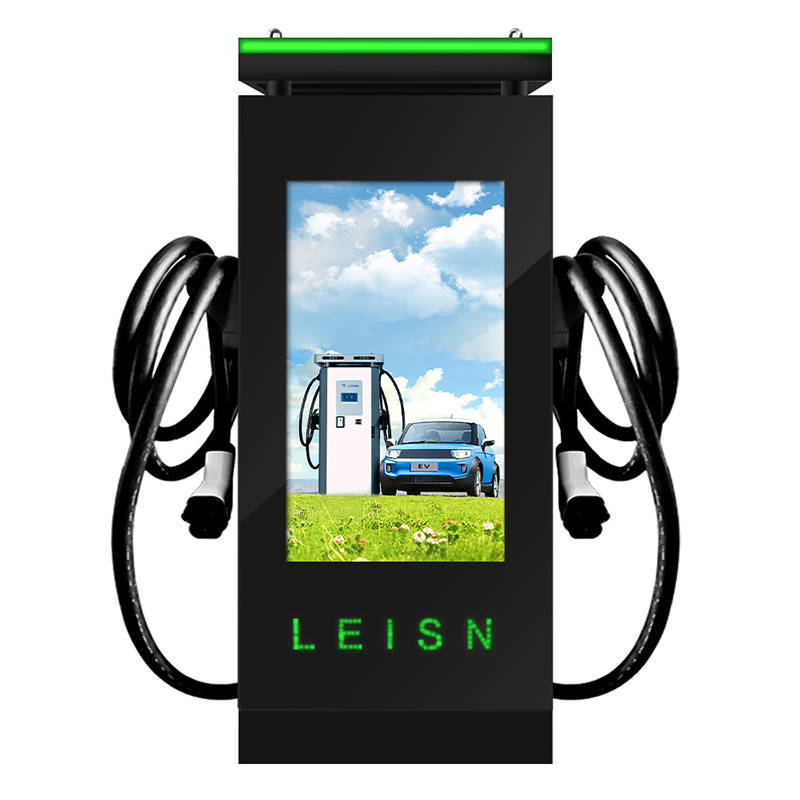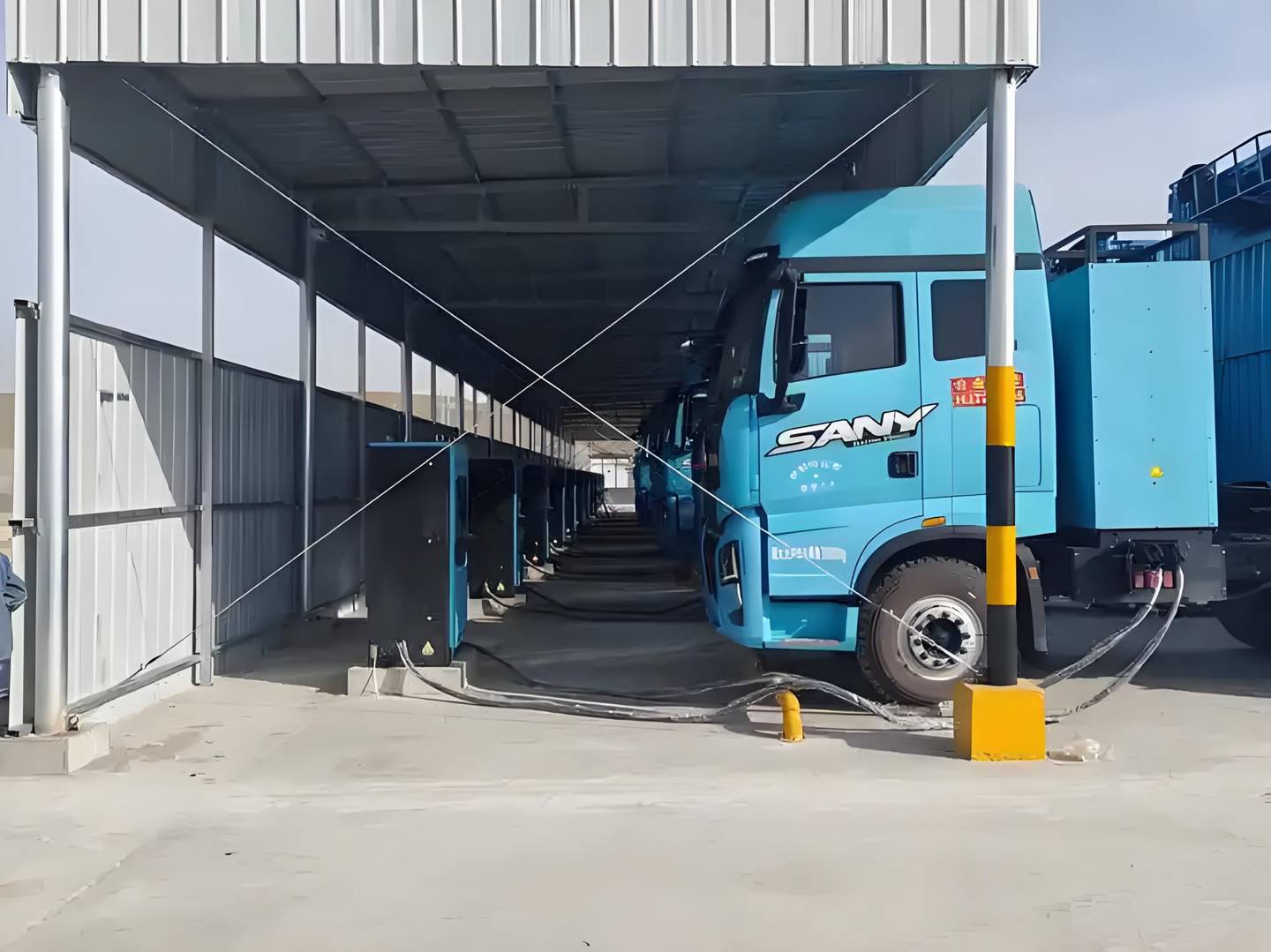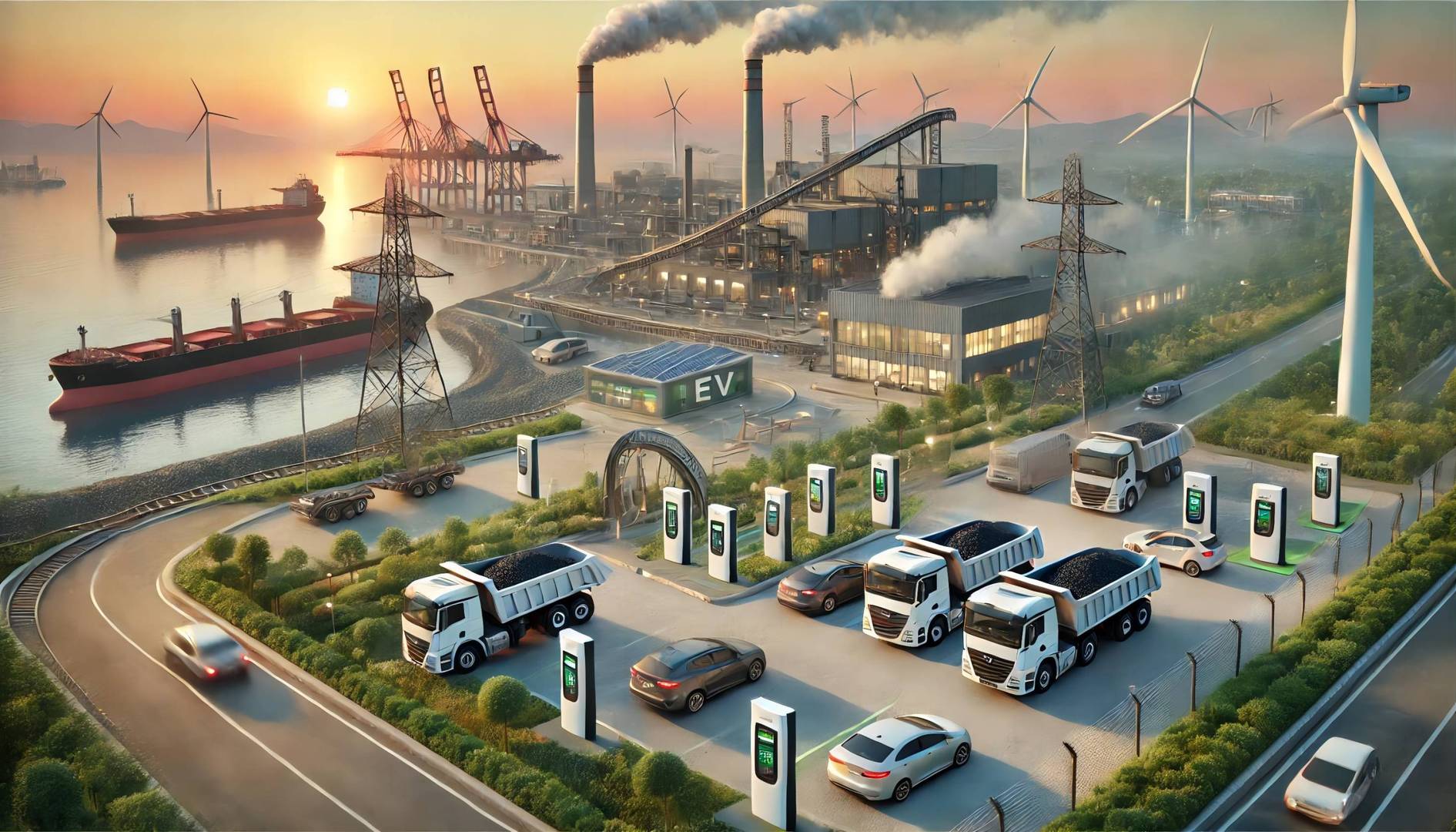
Electric Heavy-Duty Truck
Electric Heavy-Duty Truck
With the advancement of the “dual carbon” target, the penetration rate of electric heavy-duty trucks in ports, mining areas, and mainline logistics is rapidly increasing. The charging station needs to be matched with high power (350kW+), high compatibility (supporting interfaces such as CCS2/GB/T), and intelligent scheduling requirements. Adopting liquid cooled supercharging technology (charging 300km in 10 minutes) to configure an energy storage system (peak shaving and valley filling to reduce electricity costs) and a vehicle pile collaborative management system (dynamic load distribution).
Target Customers

Project Advantages
Cost Savings: By replacing diesel trucks with electric heavy-duty trucks, annual operating costs are expected to decrease by approximately 30%.
Return on Investment: The payback period for photovoltaic power generation and energy storage systems is estimated at 3-4 years. Long-term operation can significantly reduce electricity costs and enhance overall economic efficiency.

Cooperation Model
The project can be executed through various cooperation models, including owner investment or joint ventures. Our company will act as the EPC (Engineering, Procurement, and Construction) general contractor, responsible for construction, operation, and maintenance to ensure the efficient operation of the power supply and charging facilities, enabling smooth project implementation.
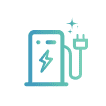
Professional Maintenance
We provide a specialized operations and maintenance (O&M) team to conduct regular inspections and maintenance of the equipment, ensuring reliable station operations. Intelligent Energy Management System (EMS):The EMS monitors the operational status of solar power generation, diesel generators, and energy storage systems in real-time, enabling dynamic energy allocation

Advantages of Electrified Mining Logistics
This solution ensures stable and continuous power supply in remote mining areas through a
four-tier guarantee system: grid exp US Standard Serieson, solar power generation, energy storage systems, and diesel generators. We will optimize transportation scheduling and energy management to reduce energy consumption effectively and improve economic benefits.
Outstanding economic benefits
Establishing battery cascade utilization cooperation with host factories, reducing energy storage system costs by 40%, connecting to logistics platforms to achieve “charging+transportation capacity” data interoperability, and increasing the proportion of value-added services by 15%;
Clear market demand
By 2025, the total number of electric heavy-duty trucks in China is expected to exceed 500000, with a charging gap of 60%. Logistics companies have a rigid demand for electrification transformation, with an average daily charging frequency of 3-5 times per vehicle;
Technological Leadership
Adopting 480kW liquid cooled supercharging technology, 80% charging can be completed in 30 minutes (industry average takes 90 minutes). The intelligent power distribution system can simultaneously serve 6 heavy trucks without reducing power;
Policy dividend support
In line with the national “dual carbon” strategic goals, enjoy special subsidies for new energy infrastructure, be included in the local transportation sector’s new infrastructure key project library, and simplify the approval process;

Cooperation model between the venue and investors
Venue sharing model: The owner invests and provides the venue themselves, or the investor/third party provides the venue and shares the profits.
Sharing ratio: Negotiated based on the location and market value of the site, generally within 10% of the gross profit of the charging station.
Venue rental model: Rent is evaluated based on the location of the venue, and the investor pays a fixed rent according to the agreement.
Minimum rental and profit sharing model for the venue: The venue negotiates with the investor and adopts a cooperative form of minimum rental combined with profit sharing.
BOT model (government or commercial institution owned site): Adopting a “build operate transfer” model, the investor is responsible for construction and operation, and the site and facilities are transferred after the cooperation period expires.
Project investment cooperation mode
Self built operation mode: The investor independently undertakes the construction and operation, and obtains full income.
Joint venture operation mode: Multiple parties jointly invest in construction and operation, and distribute profits according to the proportion of shares.

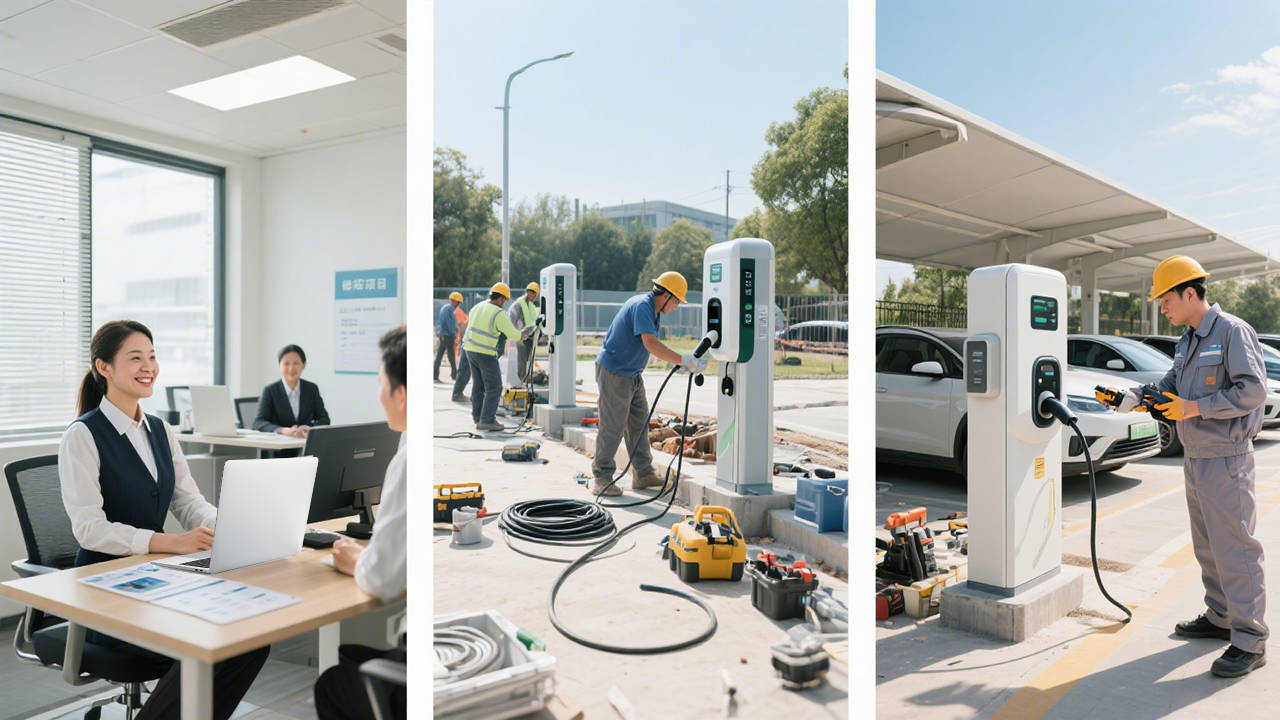
Pre sales, implementation, and after-sales full cycle service
Pre sales: Provide free technical consultation and on-site research, and customize design solutions according to customer needs.
Implementation: Equipment production and transportation, on-site construction and commissioning, ensuring timely delivery.
After sales: Provide a 3-year warranty and lifetime maintenance service for the equipment. Regular inspections and emergency response support ensure long-term stable operation and full cycle service.


































.png) PV-Storage-Charging
PV-Storage-Charging-1.png) High & Low Voltage Switchgear
High & Low Voltage Switchgear Company Profile
Company Profile News Information
News Information Service Support
Service Support Cloud Platform Customized Development
Cloud Platform Customized Development Leisheng Charging International Platform
Leisheng Charging International Platform Leisn Home Charging Platform
Leisn Home Charging Platform
